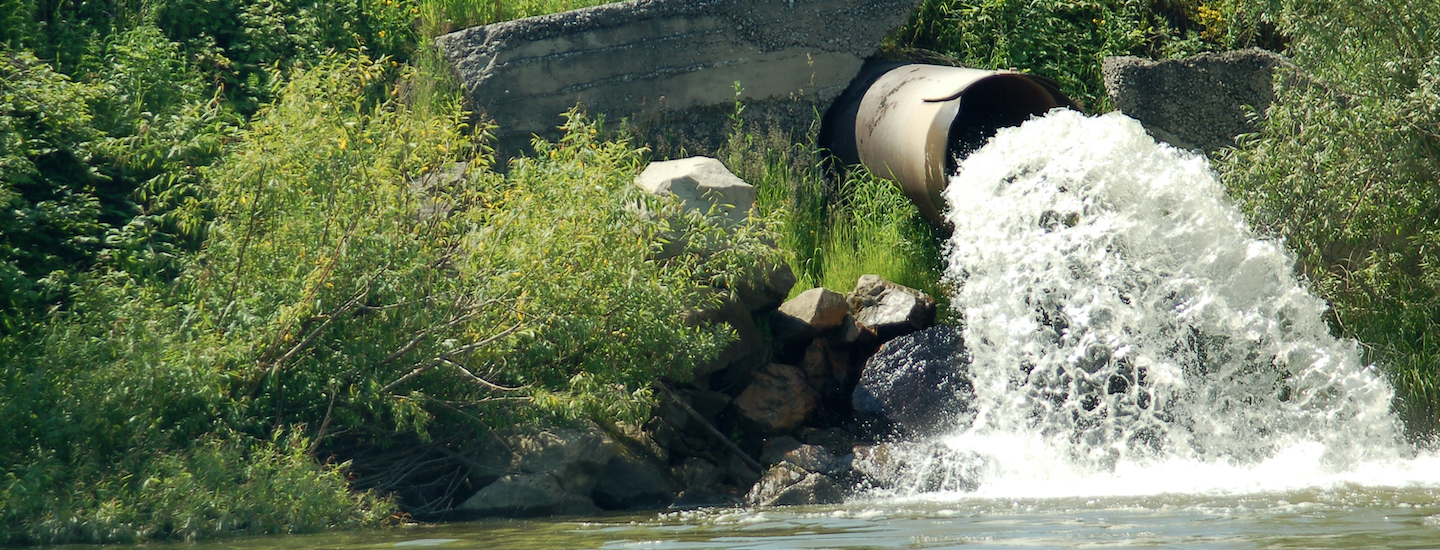
11.15.21
Bipartisan Infrastructure Bill Officially Passes: What it means for our coasts and ocean
By Katie DayLast week, Congress finally voted to pass the long awaited $1.2 trillion bipartisan infrastructure bill, the Infrastructure and Jobs Investment Act. With today’s signature by President Biden, this bill officially became law, allocating and authorizing billions of dollars for the nation’s crumbling infrastructure.
Despite several shortcomings, this bill still includes important provisions that will advance protections for our coasts and ocean, especially in regards to beach water quality. Read below to see what this bill means for our coasts and ocean.
Funds wastewater upgrades to protect beach water quality from sewage and urban runoff
The bipartisan infrastructure bill provides a total of $27.35 billion to the EPA Clean Water State Revolving Fund (CWSRF) over the next five years. The CWSRF is a federal program that provides low cost loans and grants to states for wastewater and stormwater treatment upgrades. Of the CWSRF funding, $12.7 billion is directly funded, while another $14.65 billion is authorized, essentially allowing the program to be funded through appropriations at roughly double the current annual amount. This is a major victory for the Surfrider Foundation and our coalition partners, as increasing federal funding to stop sewage pollution at the source was one of our 2021 federal priorities. Even though the increase is not at our target level ($40 billion over five years), it still represents a substantial increase in funding and support. Now we’ll just need to ensure that the program gets fully funded in next year’s federal budget.
Helps advance climate resilience and coastal restoration
The Infrastructure and Jobs Investment Act provides roughly $13 billion for resiliency programs and restoration. Funding includes $1.2 billion to the National Oceanic and Atmospheric Administration for ocean, coastal, and Great Lakes research, habitat restoration, and resilience building; and $4.5 billion to the Federal Emergency Management Agency (also known as FEMA) for flood mitigation and the Building Resilient Infrastructure and Communities program. The bill also provides hundreds of millions of dollars to advance habitat restoration through other agencies, including the EPA and Fish and Wildlife Service. While the climate provisions were not very robust, the bill does include $2.25 billion for port infrastructure development and electrification, and $80 million annually to reduce truck emissions over five years.
Shortcomings and next steps
This funding will certainly benefit our coasts and ocean, especially in regards to water quality and sewage pollution prevention; however, the bill also includes concerning provisions and shortcomings. For instance, the Infrastructure and Jobs Investment Act included language that reduces and limits the environmental review process of the National Environmental Protection Act and limits analysis of potentially environmentally-preferred alternatives. Meanwhile, the final version of the bill failed to include a prohibition on the discharge of plastic pellets and other pre-production plastic materials from facilities and sources that make, use, package, or transport those materials. This provision was included in the original House text of the bill but was later removed by the Senate.
The following components were also not included in this legislation but are included in the current text of the Build Back Better Act, a second infrastructure bill that Congressional democrats are hoping to pass through reconciliation:
-
Ban on new offshore oil drilling in federal waters and reinstated protections for the Arctic National Wildlife Refuge,
An increase in outdated oil and gas royalty rates and fees,
$100 million for large-scale water recycling,
$6 billion for coastal and Great Lakes restoration and climate resiliency projects,
$500 million for tribal and Native Hawaiian climate resilience and adaptation, and
$180 million for mitigating climate-induced weather events.
Surfrider is happy to see strong federal action and funding to support our marine environment and coastlines, yet the fight isn’t over. While some of the funding is automatically allocated, much of it still needs to be appropriated by budget committees for use next year. We will need to keep the pressure on Congress and the Biden Administration to ensure that these provisions actually get funded and implemented over the next five years, and that additional coastal protections, such as the very important provisions in the Build Back Better Act, are supported and implemented.
